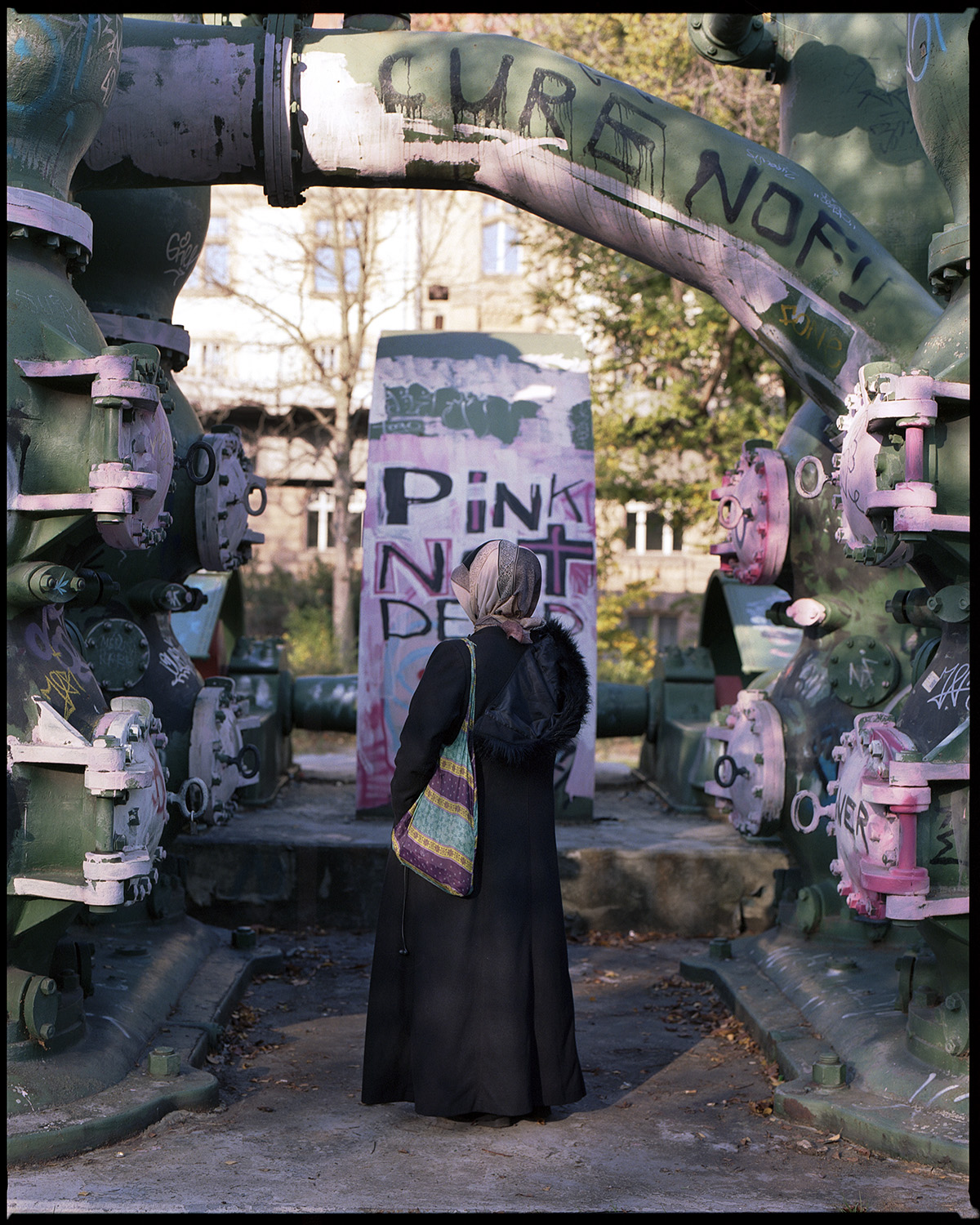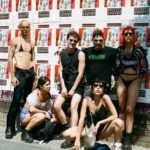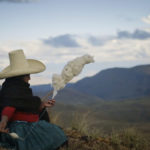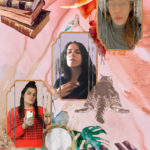When did you come to Berlin and have you always been a photographer? Sabrina: I…
Strangers in Berlin
An interview with the photographer Tanya Sharapova20 July 2021
Born in Moscow, Tanya Sharapova (@tanyapomnish) is a Berlin-based artist, with years of experience working within documentary, archive and art photography. Her work focuses on the relationships between individuals and society, collective memory, as well as the issues surrounding geographically isolated countries.
With her project Strangers in Berlin, Tanya made the most of the lockdown by beginning a photography series that involved taking one photo of a stranger in Berlin each day of the lockdown. YEOJA Mag spoke to Tanya about her motivations for beginning the project, the documentary aspect of the series, and where she will be taking the project next.
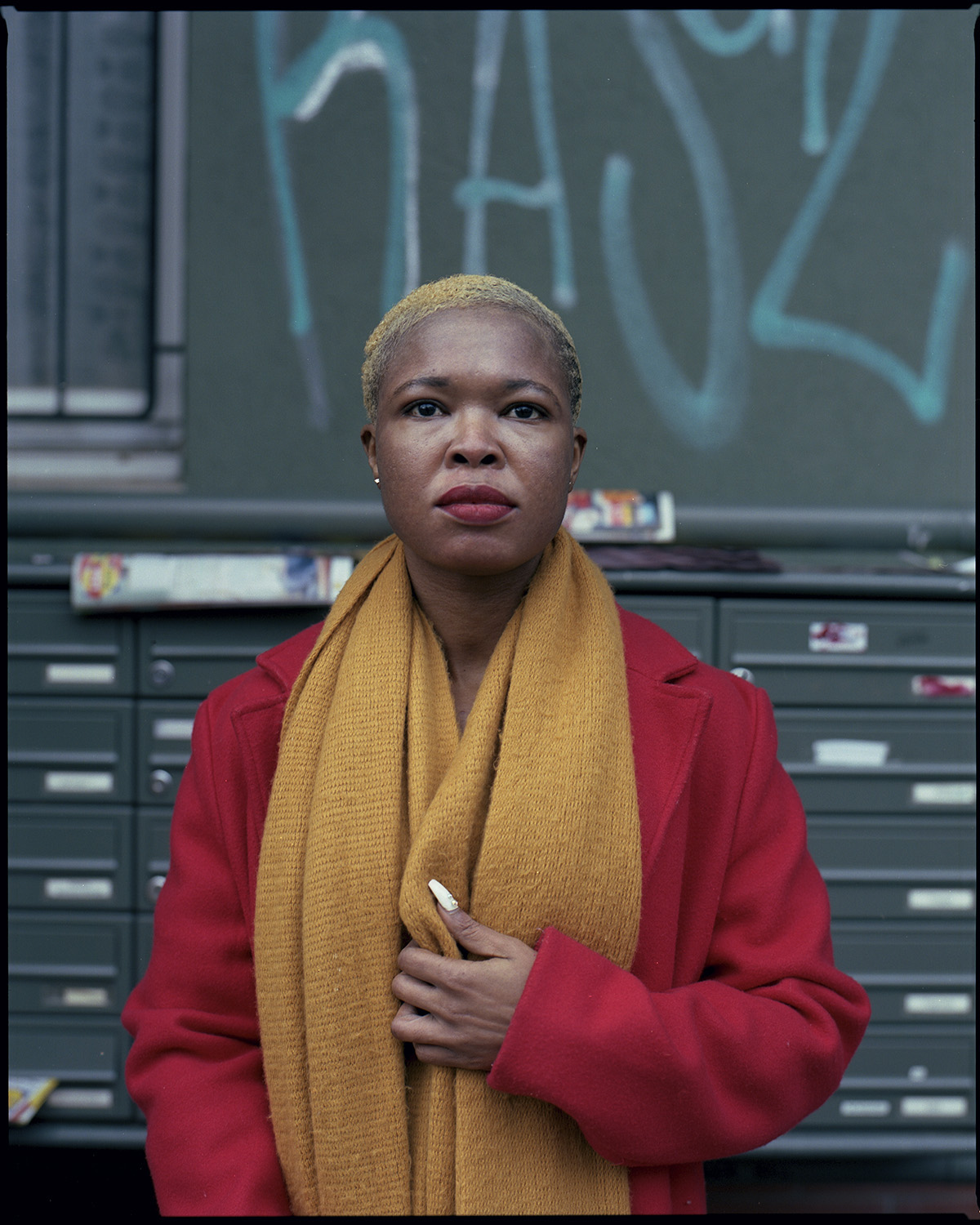
Hi Tanya, thanks so much for your time today. Could you please introduce yourself to our readers? What is your creative background? How and why did you start Strangers in Berlin?
Tanya: Before coming to Berlin, I worked as a writer and travel photographer. I travelled for three years and created stories for publications such as the Russian editions of National Geographic and Conde Nast Traveler, Asian Geographic, and Lonely Planet. I have quite substantial experience working as a travel photographer, but for the moment [due to COVID-19] I can basically forget about [this work].
I moved to Berlin almost two years ago, and the second lockdown started in November last year, just before winter began. I’d already experienced winter in Berlin, so I thought it could be quite depressing if I wouldn’t be allowed to meet people, or just to do normal things. To fight against this, I set three goals for myself: to start speaking to strangers on the street – which was something I was quite afraid of doing due to my low level of the German at the time, to fight loneliness during the lockdown, and to practice using my new camera.
The first twenty times, it was super intimidating for me to ask people if they wanted to take part; as not everyone I asked immediately said yes. Most of the young people I asked agreed to be photographed. However, I wanted to photograph a variety of different people [not just young people], as my goal was also to document all the diverse and amazing people living in Berlin. It was complicated in the beginning [to get people to agree to be photographed], but now it’s become a lot easier. I’ve gained the skills to speak to any stranger without fear, and just to say “I would like to take your portrait. Are you up for it?” If needed I will explain why I photograph people on the streets, and then they often agree to take part.

Although they are strangers in the pictures, the subjects in your photography are all going through the same experience of the COVID-19 lockdown in Berlin. Did you sense a common feeling or a sense of unity from the people you photographed?
Tanya: Every person is different, but I would say the lockdown has been more of a negative and lonely experience than a fun one for most. Some people will tell me a story about their whole life over the course of an hour. Other people just say, “I only have two minutes, can you do it quickly?” Some of the stories are so intimate that I don’t even feel right publishing them.
I usually just post a one sentence quote from each person [in the caption]. Either something funny, something about lockdown, or something about the person’s feelings. I don’t post about their jobs and age, as I’m more interested in what their feelings are about.
You refer to your series as a “documentary story” for Berlin and its inhabitants during COVID-19. Does this thought motivate you to continue the series?
Tanya: It was pretty unique documenting this time during the Covid-19 lockdown, as it’s an experience we’ve never had before and I’ve really enjoyed this opportunity to take photos of people, their emotions, and their behaviour [during this time]. It’s also been cool because Berlin didn’t have any tourists [due to lockdown], so if I stopped someone it was generally someone who lived there. In total, I photographed people for 217 days in a row from the 2nd of November until the 7th of June. I think I’ll continue making portraits for Strangers in Berlin, but in a less intense manner.
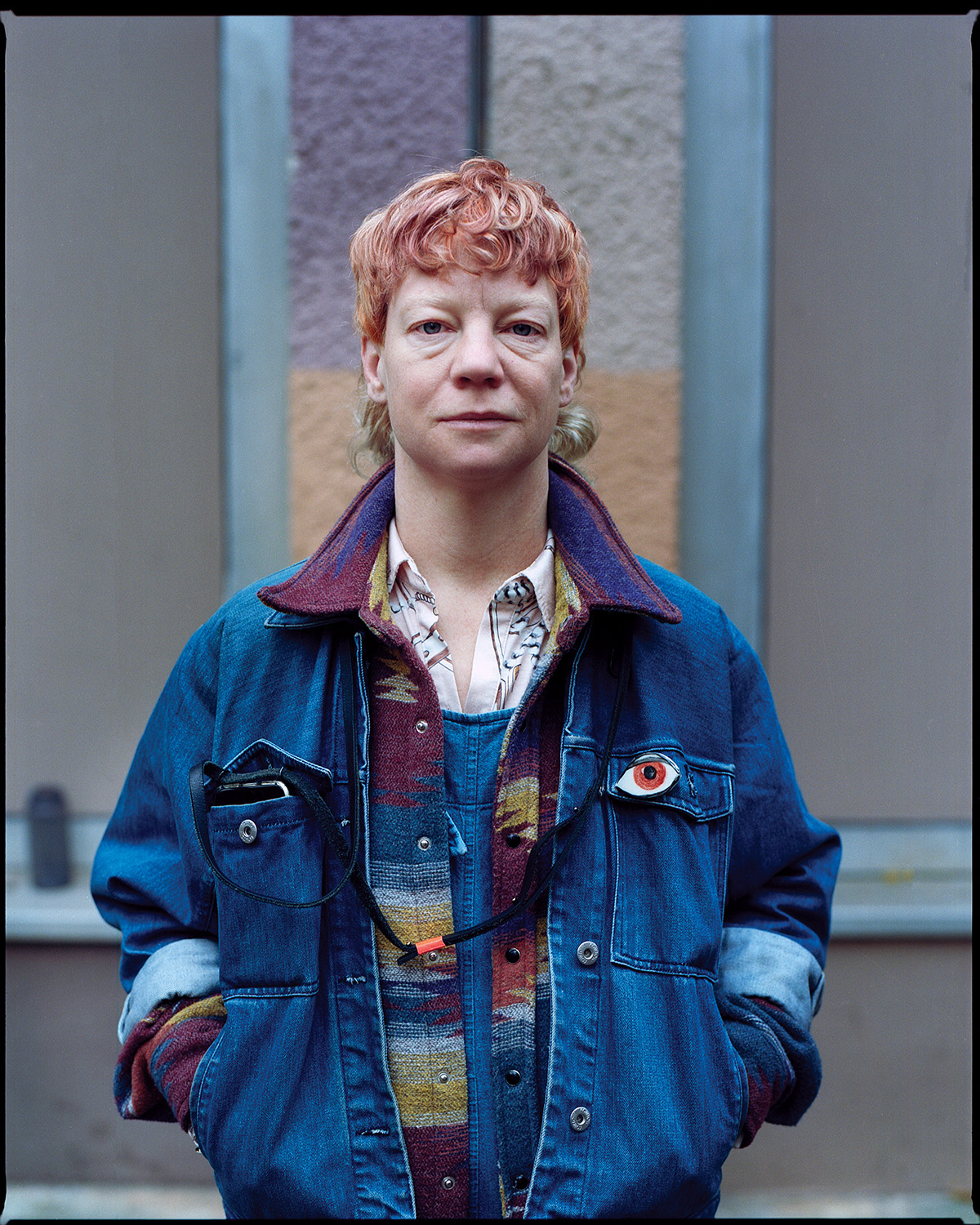
Are the people you photograph generally receptive to having their photo taken?
Tanya: No, not all of them. I was once rejected by six people in a row, but that’s partly because I’m not always selecting people that are easy going. I’m really interested in photographing different people, not just those who are beautiful or stylish. The more a person looks atypical or from their face it looks like there’s some strong emotions happening, the more chance that I’ll stop them for a portrait. That’s why it’s not [always] that easy to get permission to photograph the strangers I ask. I really appreciated that despite maybe disturbing them, many said yes. For others who didn’t agree – I can understand their position and would never insist.
And do you have an artistic inclination towards photographing people?
Tanya: I specialise in documentary portraiture. I sometimes also do photo collages for fun. I think every portrait photographer somehow finds a piece of themselves in their work. I’ve asked myself why I photograph one person over another, and realised it’s often because [the person reminds me of] something that has happened to me in the past; is somehow related to my emotional state, or reminds me of someone. In a way, I’m collecting portraits of myself through these people.
On your Instagram page, you often have two pictures of the subject, one closer and one further away. What is the reasoning behind this?
Tanya: The close up photo is the closest (1.5 metres) that I can get to the person due to the COVID-19 regulations. The second photo is [taken at a distance] to capture the feeling of the space surrounding them. For the second photo, I think about a lot of things before stopping a person. When I notice someone, I often take one or two minutes to note my surroundings and then decide where I will ask the person to stand. If I don’t see anything around them to include in the photo, then I ask if we can go find a different location.
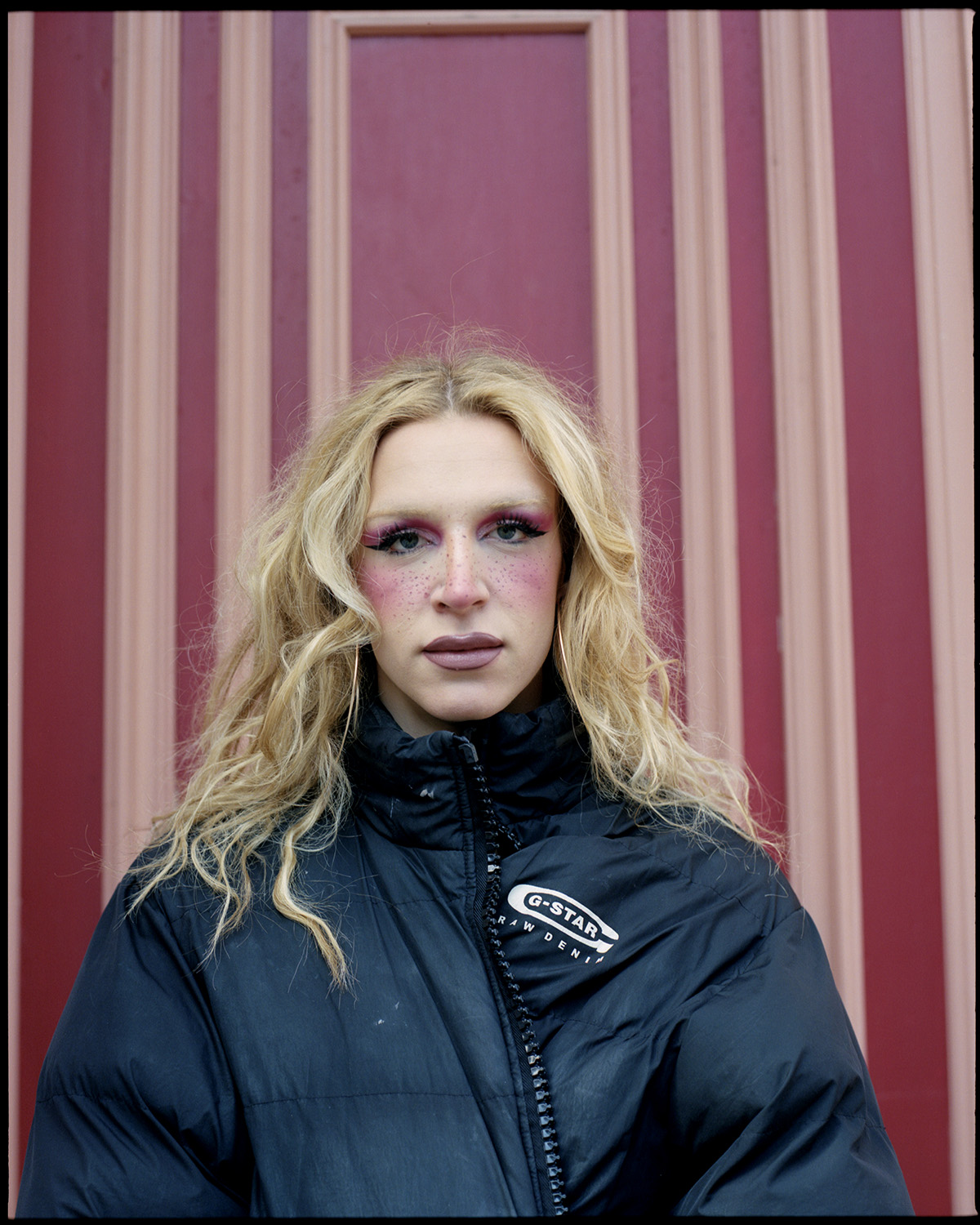
Do you have a favourite photo that you’ve taken so far for Strangers in Berlin?
Tanya: I have a new favourite every day. Every day I meet a new person and tell my friends, “You’ll never guess who I photographed today!” I love all of them.
How has your earlier travel photography work, like your series Inked (where you photographed women in Myanmar with now banned facial tattoos), differed to Strangers in Berlin?
Tanya: While doing travel photography, I was kind of a newcomer to the places I was assigned to photograph and write about. Even if I visited a place more than one or two times, I was describing it from the point of view of a foreigner, who observes new things in a new place. Here in Berlin, making documentary photography feels more like describing space, time, and my feelings.
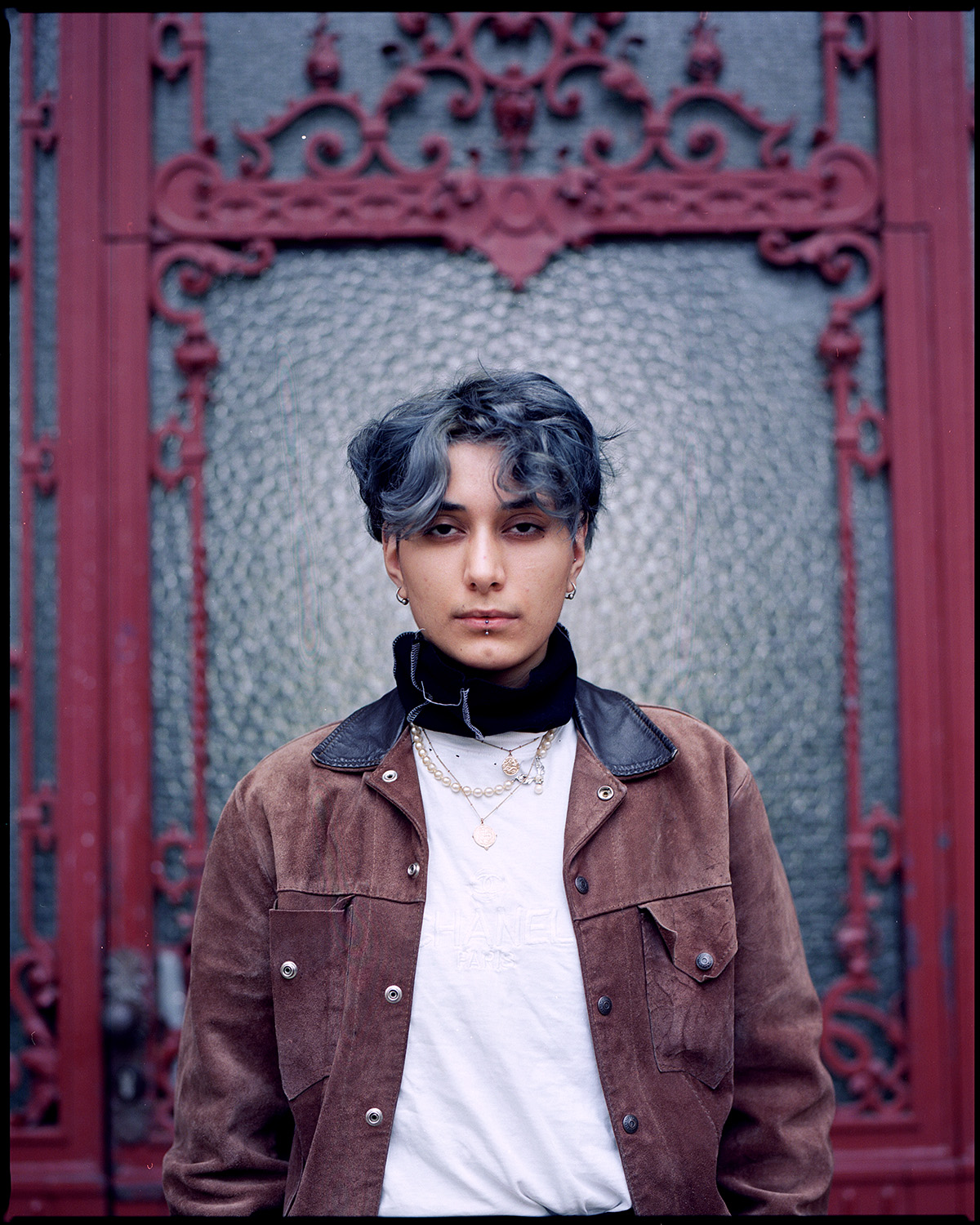
You mentioned in a previous interview that you saw Strangers in Berlin as an opportunity to “push your art forward, improve your skills, use your German and connect with Berlin.” Now that the Berlin lockdown is (hopefully) drawing to a close, what impact would you say doing this series has had on you?
Tanya: I learned that the impossible is possible; and that the best way to find joy and meaning is to face your fears. At first, it seemed impossible to ask people to take part in the project, then it seemed impossible to work and take photos everyday for more than half a year, and to organise my life around this project. Now I’ve realised it’s possible and quite easy to motivate yourself once you start doing something regularly and believe in what you are doing.
What is next for you creatively? Will you continue photographing for Strangers in Berlin even after the lockdown? Do you have any new projects or a photography exhibition planned?
Tanya: I would love to do a photography exhibition, I’m actually just working on one now for Strangers in Berlin. For my next project, the most I can tell you is that I’m trying to photograph feelings, or their absence.
_
Images provided by Tanya Sharapova. To keep up with Tanya Sharapova on Instagram, click here. For more artist interviews, click here.



